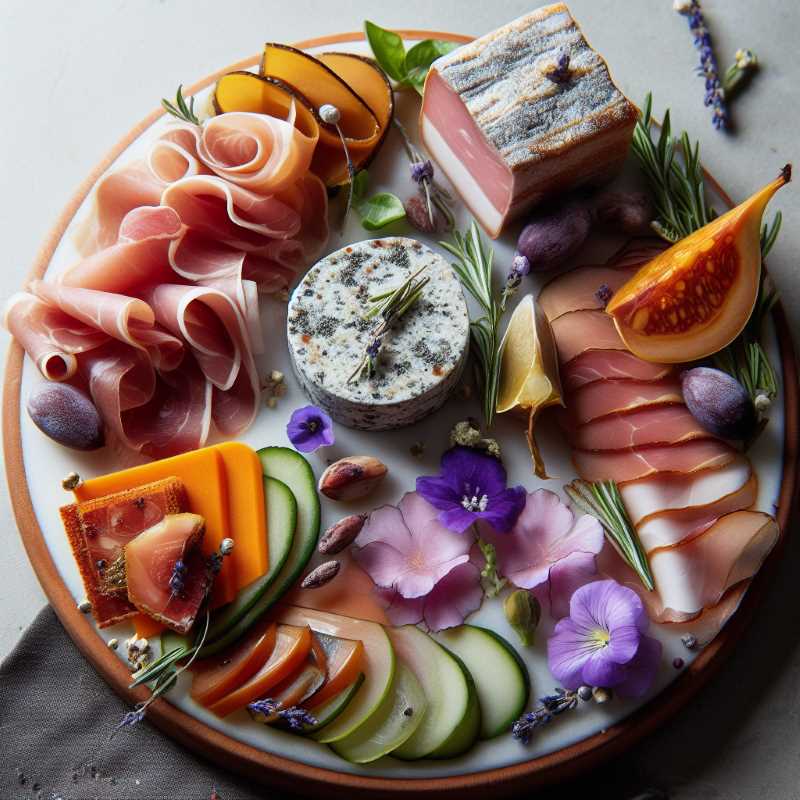A Totally Unsanitary Tour of Charcuterie's Past
Charcuterie: from Roman pork-fests to gourmet art. History, new flavors (goodbye dog!), lighter and healthier. Dive into France's meaty wonders and become a charcuterie master (skip the monkey).

Remember when charcuterie meant “what's that funky pink stuff mom cut off before she made sausages?” Turns out, those mystery bits boast a pedigree older than your Great Aunt's Tupperware collection. Brace yourselves for a history lesson with the tang of fermentation and the smokiness of ancient fire pits because we're diving into the quirky world of cured meats.
It all started with the Romans, those toga-clad masters of public sanitation (and apparently, creative pork consumption). Under a decree called “Porcella” (Latin for “little piggy went to market, and then got chopped up and preserved”), they turned pig snouts and innards into edible, if somewhat questionable, snacks. Yes, you read that right. Medieval Parisians took their cue and even threw dog and monkey into the meaty mix. Thankfully, we've since graduated from Fido fondue, but the spirit of experimentation lives on.




